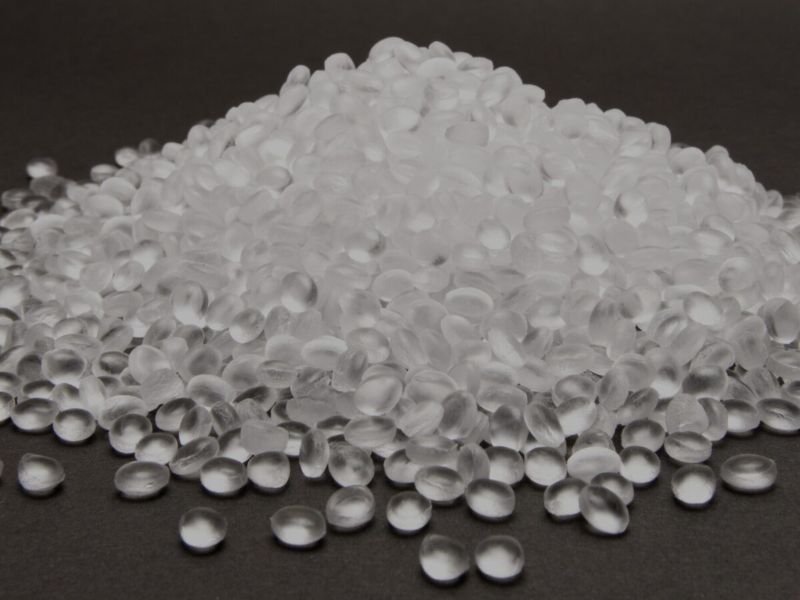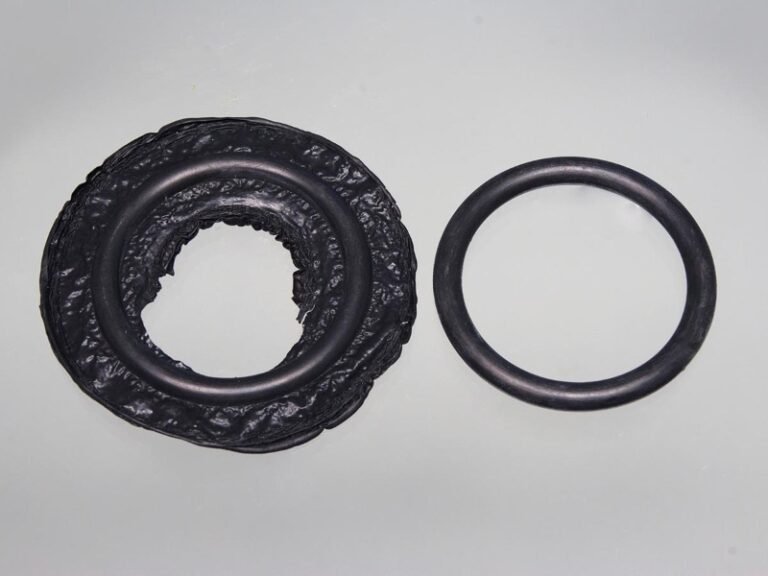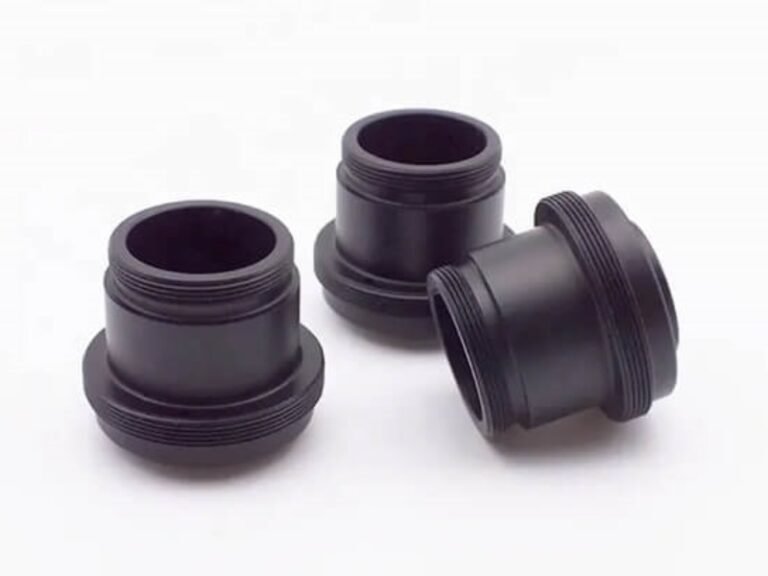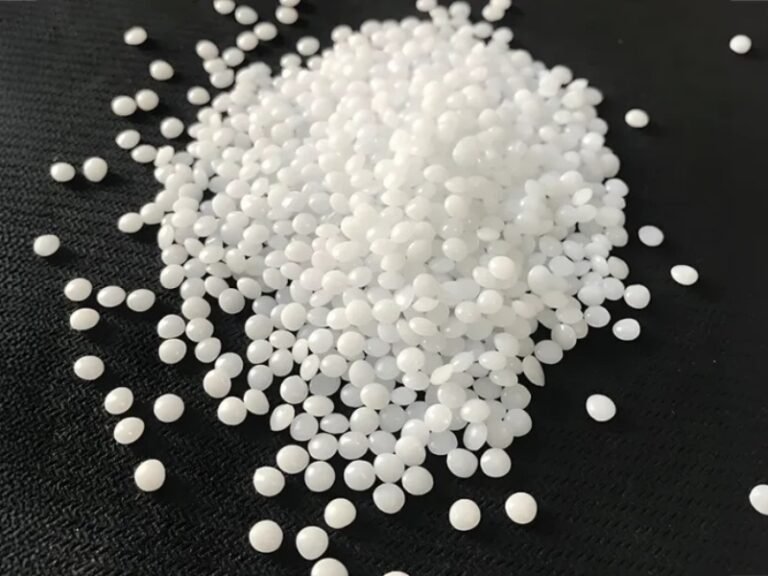Polyethylene molding, particularly PE injection molding, is a popular injection molding process in the plastics manufacturing industry, enabling the production of a wide range of durable, versatile, and cost-effective parts. Polyethylene’s adaptability, cost-effectiveness and robust properties make it is applied among the various industies. In this article, you will learn every thing about the Polyethylene from material properties to manufacturing processes.
What is Polyethylene?
Polyethylene (PE) is a lightweight, versatile thermoplastic made from ethylene, widely used in polyethylene plastic molding for its affordability and adaptability. Its adjustable molecular structure allows it to be flexible or rigid, catering to diverse manufacturing needs. PE resists chemicals, moisture, and impacts, making it durable in harsh environments. Its low density reduces material costs, while excellent electrical insulation suits electronic applications. PE’s flexibility and toughness ensure it withstands stress without breaking, and its ease of processing simplifies PE molding. However, its lower melting point limits use in high-heat settings, and UV exposure can degrade it without additives.
How Many Types of PE Used in Injection Molding?
There are five primary types of polyethylene used in injection molding, each with distinct properties.
- Low-Density Polyethylene (LDPE)
- High-Density Polyethylene (HDPE)
- Linear Low-Density Polyethylene (LLDPE)
- Medium-Density Polyethylene (MDPE)
- Ultra-High Molecular Weight Polyethylene (UHMWPE)
Here is a table below compares their key characteristics.
| Property | LDPE | HDPE | LLDPE | MDPE | UHMWPE |
|---|---|---|---|---|---|
| Density (g/cm³) | 0.91–0.93 | 0.94–0.96 | 0.91–0.94 | 0.93–0.94 | 0.93–0.94 |
| Flexibility | High | Low | Moderate | Moderate | Low |
| Strength | Low | High | Moderate | Moderate | Very High |
| Melting Point (°C) | 105–115 | 120–140 | 115–125 | 120–130 | 130–137 |
| Applications | Packaging, tubing | Containers, pipes | Films, bags, liners | Pipes, fittings | Gears, bearings, bulletproof vests |
The Polyethylene Injection Molding Process
The polyethylene injection moulding process is a streamlined sequence of steps that transforms raw PE pellets into precise, functional parts. The key steps include:
- Material Selection: Choose the appropriate PE grade, such as LDPE for flexible parts or HDPE for rigid components, based on the product’s requirements.
- Melting: Heat PE pellets in a barrel to a molten state, typically between 180–280°C, ensuring a uniform melt.
- Injection: Inject the molten PE into a custom-designed mold under high pressure, filling every cavity with precision.
- Cooling: Cool the mold (20–65°C) to solidify the part, preventing defects like warping or shrinkage.
- Ejection: Eject the solidified part from the mold, ready for finishing or assembly.

Kinds of PE Injection Molding Methods
PE molding encompasses various injection molding methods, each with unique advantages and challenges. Below, we explore five methods, highlighting their suitability for polyethylene plastic molding.
LDPE Injection Molding
LDPE injection molding offers excellent flowability, making it easy to fill molds with complex shapes. It processes at relatively low temperatures, saving energy. However, LDPE parts have lower mechanical strength and heat resistance compared to other PE types, limiting their use in high-stress applications.

LDPE Injection Molding Service
HDPE Injection Molding
HDPE injection molding produces parts with high rigidity and good chemical resistance. It requires higher processing temperatures than LDPE and has lower melt flow, which can make molding more challenging. The resulting parts are durable but may need careful temperature control to avoid defects.

HDPE Injection Molding Service
LLHDPE Injection Molding
LLDPE injection molding provides good toughness and impact resistance. Its flowability is better than HDPE but less than LDPE, requiring precise temperature management. The molded parts have improved flexibility but the narrower processing window demands careful control.
MDPE Injection Molding
MDPE injection molding strikes a balance between toughness and rigidity. It offers good impact resistance and chemical stability, with moderate flow characteristics that ease molding. Processing temperatures are moderate, making it versatile, though parts are less rigid than HDPE.
UHMWPE Injection Molding
UHMWPE injection molding is very difficult due to its extremely high molecular weight and viscosity. Standard injection molding is rarely used; instead, compression molding or specialized processes are preferred. If injection molding is attempted, it requires specialized equipment and precise control to avoid defects.

UHMWPE Injection Molding Service
Process Conditions for PE Injection Molding
The success of polyethylene injection molding hinges on precise control of process conditions, tailored to PE’s unique properties
Moisture Management: PE absorbs minimal moisture (less than 0.01%), eliminating the need for pre-drying before processing, which streamlines preparation.
Barrel Temperature: Due to PE’s high specific heat capacity and relatively low melting point, barrel temperatures are set at 140–200°C for LDPE and 140–220°C for HDPE, typically 10°C above the melting point.
Mold Temperature: PE’s high crystallization ability makes mold temperature critical, set at 30–45°C for LDPE and 40–65°C for HDPE to balance crystallinity and strength while controlling shrinkage to prevent warping.
Injection Pressure: PE’s low melt viscosity and excellent fluidity allow moderate injection pressures of 5.5–10 MPa for HDPE and up to 15 MPa for LDPE, enabling efficient filling of intricate molds, especially for thin-walled parts.
Injection Speed: PE’s fluid melt supports moderate speeds for thicker parts and higher speeds for thin-walled designs, ensuring complete mold filling and minimizing defects like short shots.
Cooling Time: PE’s slow cooling rate, driven by its crystalline nature, requires extended cooling times and a robust mold cooling system to achieve uniform solidification and prevent warping or sink marks.
Feed Port Design: PE’s wide shrinkage range (1.5%–5.0% for LDPE, 2.5%–6.0% for HDPE) necessitates avoiding direct feed ports to minimize stress and uneven shrinkage, reducing directional deformation.
Melt Protection: PE’s narrow softening temperature range makes it prone to oxidation, requiring minimal melt contact with oxygen during processing to maintain part quality.
Shrinkage Control: PE’s significant shrinkage and directional tendencies demand precise mold cooling to maintain uniform temperatures, preventing deformation or warping in PE molding.
Thermal Stability: PE’s good thermal stability, with no significant decomposition below 300°C, allows minor temperature fluctuations without compromising quality.
Applications of Polyethylene Injection Molding
PE injection molding is widely used across various industries due to the material’s versatility and cost-effectiveness:
- Packaging: LDPE for flexible bags and films, HDPE for rigid containers like bottles.
- Automotive: HDPE for fuel tanks and durable components, LLDPE for flexible liners.
- Medical: UHMWPE for orthopedic implants, FDA-approved HDPE for sterile containers.
- Consumer Goods: LDPE for toys, HDPE for storage bins and housewares.
- Construction: HDPE for pipes and fittings, MDPE for gas distribution systems.
- Agriculture: LLDPE for irrigation tubing and greenhouse films.
Choose Zhongde for Polyethylene Injection Molding
Polyethylene injection molding offers versatility, but its success based on navigating challenges in material selection, part design, and process optimization. Zhongde, your trusted partner for custom manufacturing, delivers end-to-end expertise in PE molding. With extensive knowledge of PE variants, our engineers guide you in selecting the ideal material for your application. Contact Zhongde today and get a tailored solutions.



